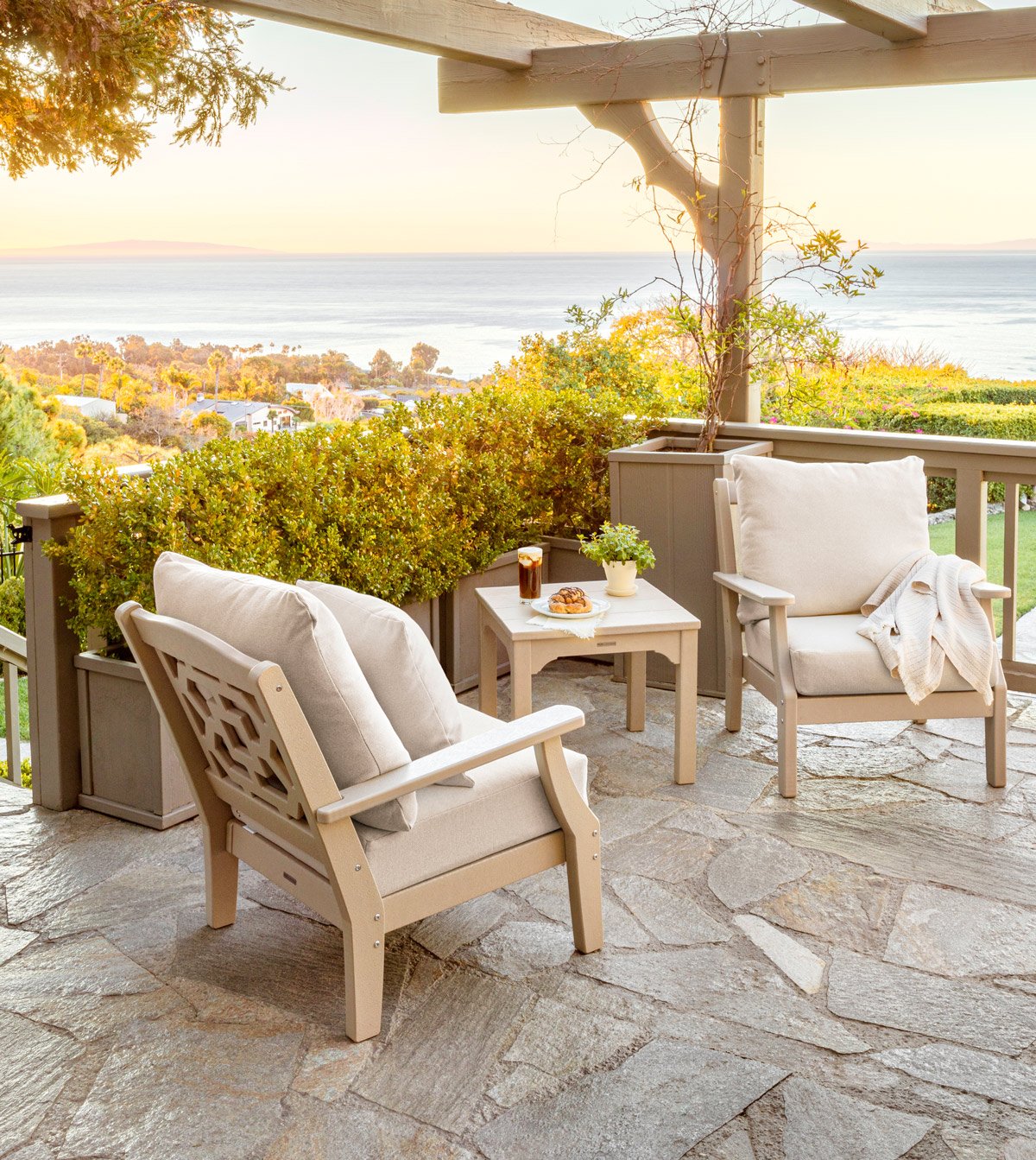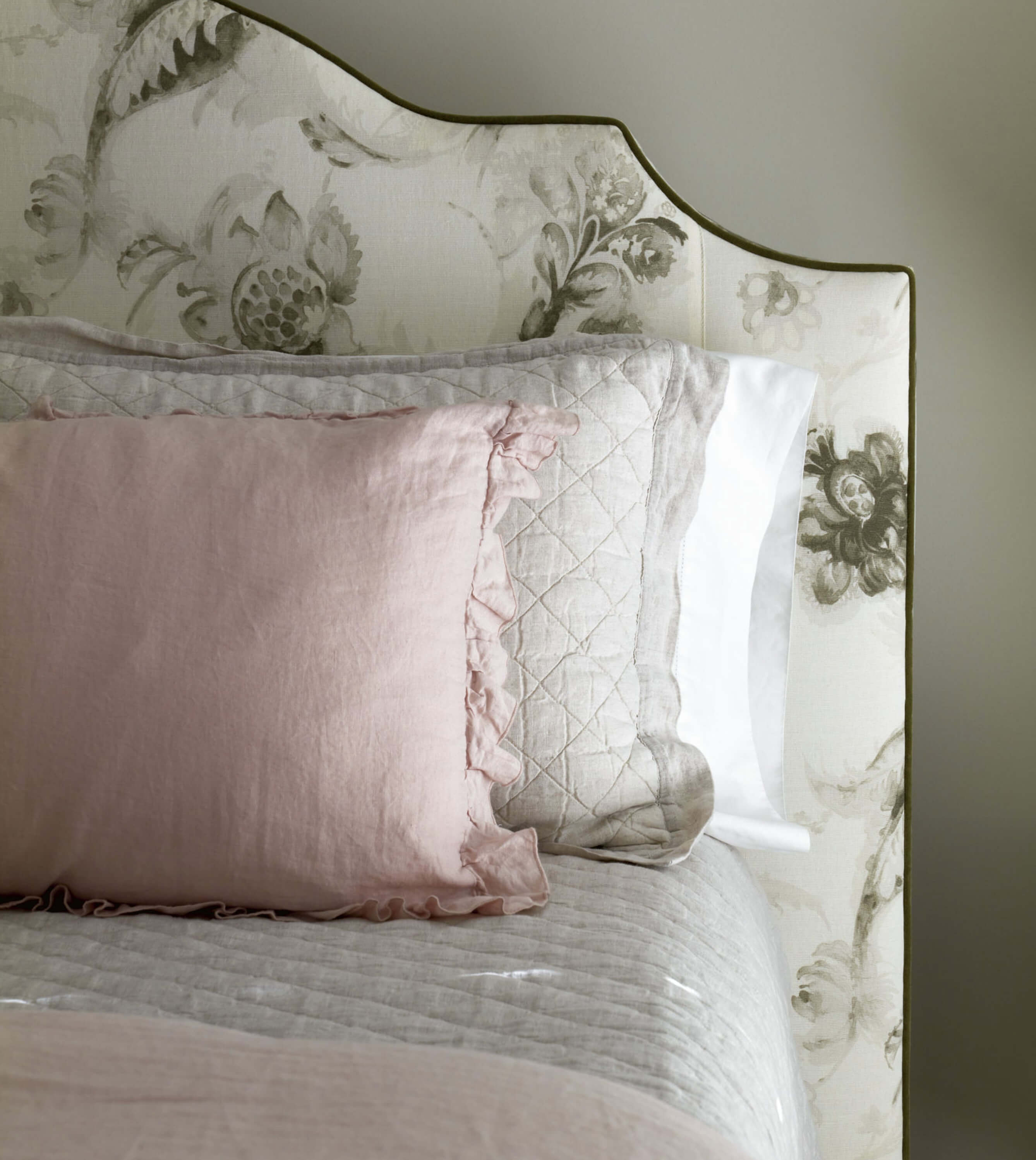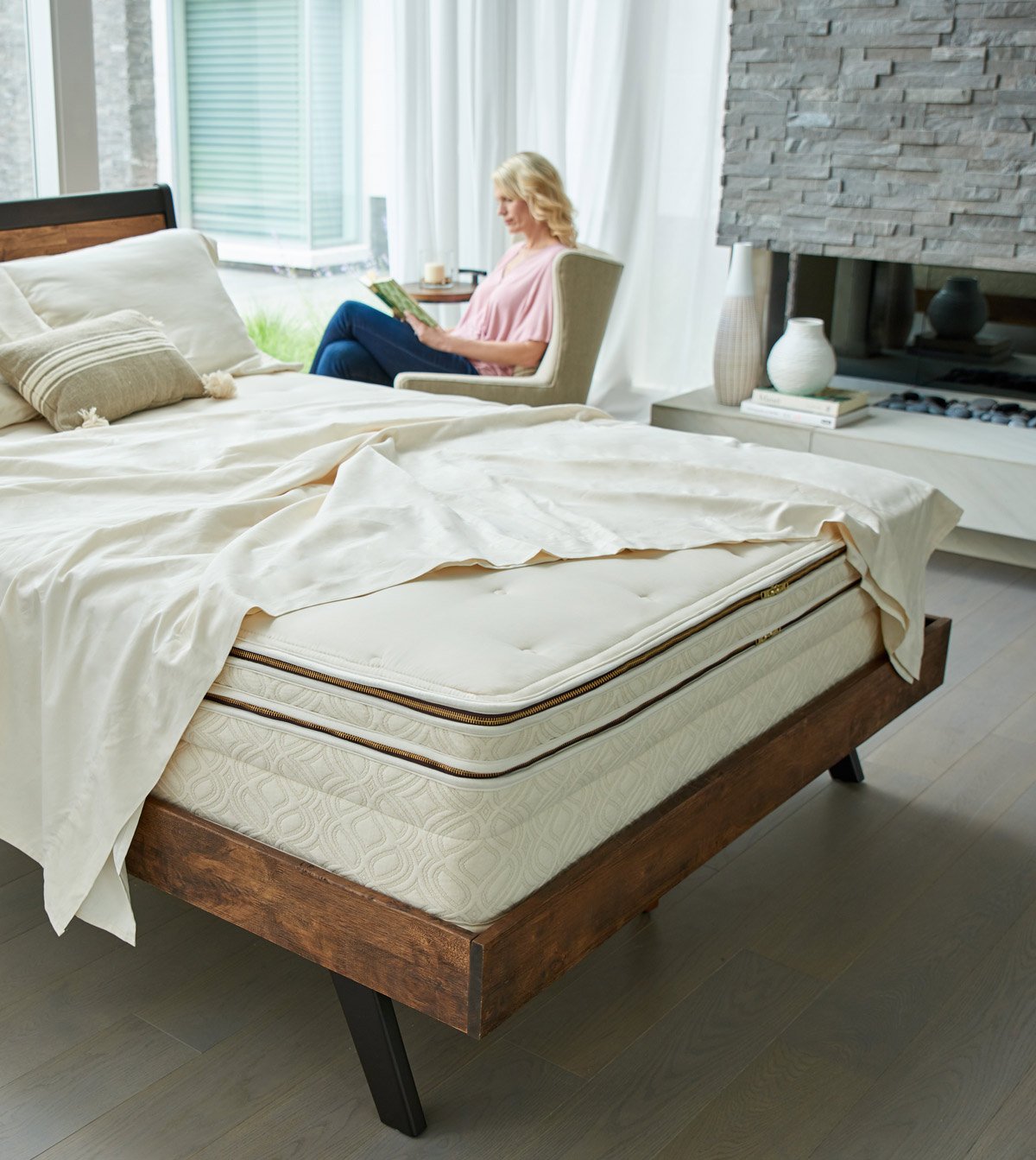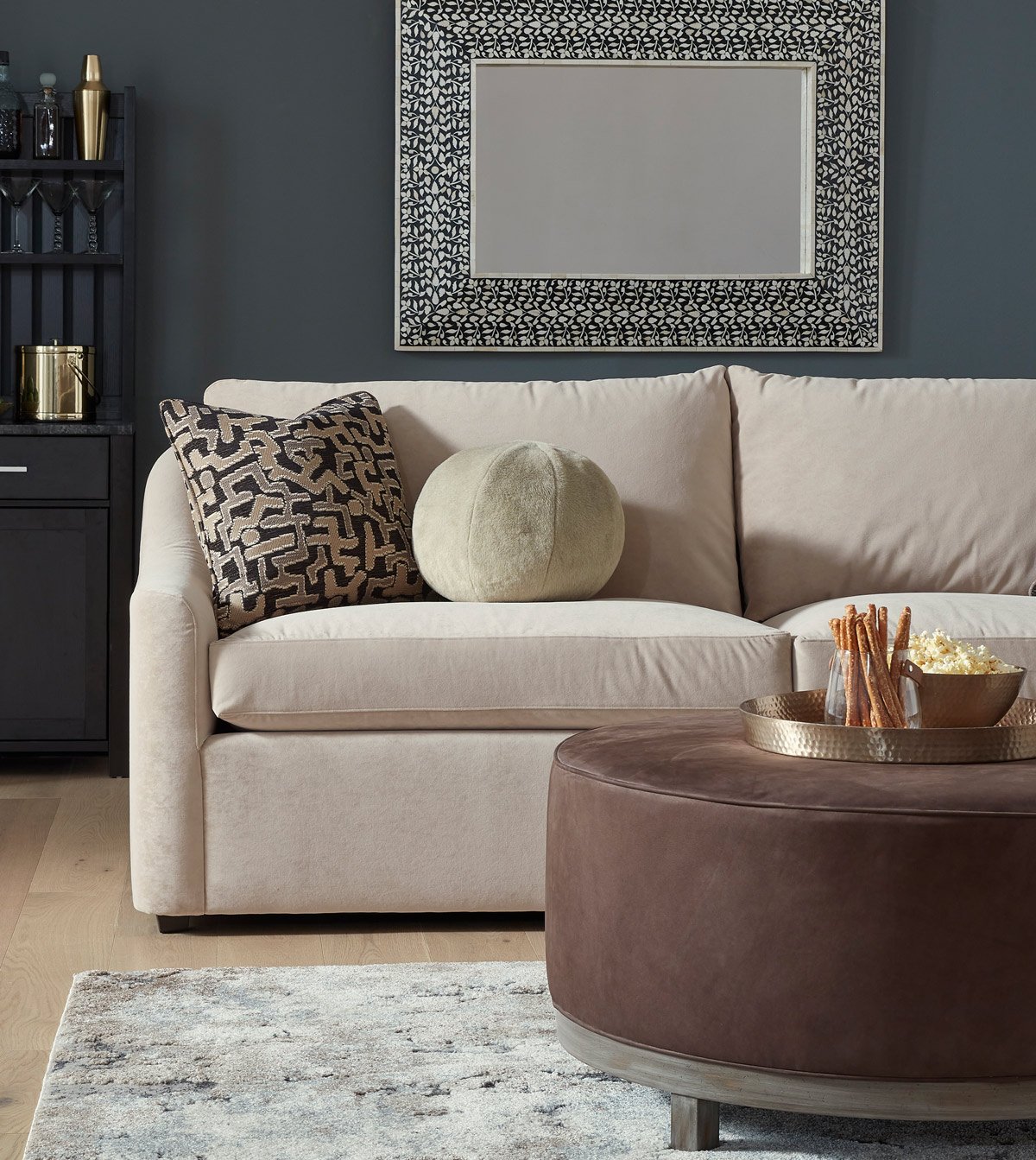SFC Academy
Buying Guide
These are a few basic questions to ask when purchasing furniture.
What's it made of?
80% of the environmental impact of any product comes from the materials used to make it. Find out what went into the product you're considering.
Where does the wood come from?
The most important consideration with wood is to ensure that it has not contributed to deforestation, but was legally harvested from responsibly managed forests. Look for certified, reclaimed, North American, or plantation grown woods.
Is the wood third-party certified?
Look for the seals of legitimate third-party certifiers that have high standards and the ability to monitor how well the company is keeping up with their eco-friendly goals. One example is the Forest Stewardship Council (FSC) - the gold standard in wood certification. In North America, you can also look for Sustainable Forestry Initiative (SFI).
What about textiles?
Textile production accounts for more toxic waste pollution of water than any other industry. Toxic chemicals are used in both growing natural fibers and creating synthetic fiber. Dangerous chemicals are also used in processing the fiber into thread, making the fabric, and finishing the cloth. You can reduce the amount of toxic chemicals in your home and work spaces by choosing organically grown natural fibers and by looking for GOTS and OekoTex certifications.
What about leather?
Leather is a by-product of beef production. Beef production leads to lots of environmental problems, but it is always good to use a by-product, especially one as durable as leather. However, tanning can be a very toxic process, using vast quantities of water and many chemicals, including heavy metals like chromium salts that pollute waterways. Also leather products often have a very large transportation footprint: the leather may come from South America; the final tanning done in Europe; the manufacturing in Asia, all for a product that will be bought and used in North America. Leather reminds us that sustainability is complex and of the importance of durability.
Were paints or finishes with high VOC's (Volatile Organic Compounds) used on this product?
VOC's are toxic pollutants from certain finishes. They "off-gas" harmful chemicals during manufacturing and continue to release these chemicals once the product reaches your home. Look for low or no VOC finishes, many of which are water-based.
What about fire retardants in foam, including mattresses?
Until recently, most of the foam products in our homes were required by law to be treated with fire retardants. Most of these fire retardants are toxic chemicals linked to cancer, neurological deficits, developmental problems, and impaired fertility. There are non-toxic alternatives -- check the label on upholstered furniture to be sure that it does not contain chemical fire retardants.
Where was this furniture made?
Transportation is another major contributor to greenhouse gases. Look for furniture that was produced close to where you live and uses raw materials found within a 500 mile radius of the production facility. Buying local will cut emissions AND support local economies.
Does this manufacturer have a Social Equity Code of Conduct?
A Social Equity Code of Conduct is a good assurance that workers are treated fairly, paid decent wages, and work in a safe environment. Every manufacturer should be able to provide a written code of conduct.
Does this manufacturer have an energy use reduction plan?
The production of electricity is the single largest contributor to CO2 emissions worldwide. Companies with an energy use reduction plan are an important part of the solution.




